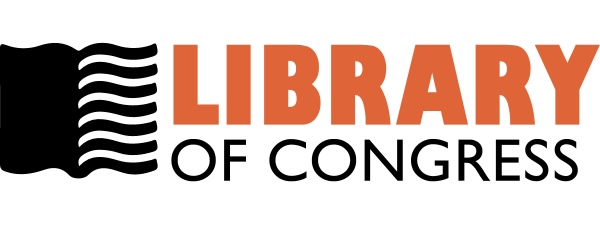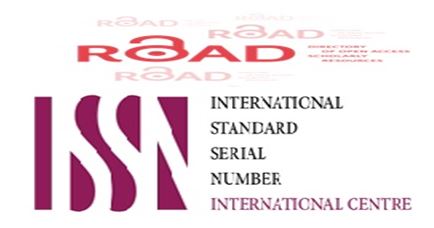Management of Obstractive Jaundice Due to Common Bile Duct Stone in Baghdad Teaching Hospital.
DOI:
https://doi.org/10.32007/jfacmedbagdad.563499Keywords:
CBD stones, endoscopic management, surgical interventionAbstract
Background: the most common cause of obstructive jaundice is CBD stones, and these can produce significant morbidity and mortality. The management of the obstructive jaundice due to CBD stones is in evolution; several methods of investigations and treatment have been introduced, and each one has its own advantages and disadvantages.
Objective: to study and evaluate the management of obstructive jaundice due to CBD stones in Baghdad teaching hospital.
Results: from the 125 patients presented with obstructive jaundice included in this study 14 patients were found to have a periampullary lesions, and they were excluded from the study, so the total number of the patients was 111; 46 males and 65 females Endoscopic management was done for 108 patients with success rate of 90%. Surgical treatment was required in 13 patients, 10 of them following failure of ERCP and the other 3 patients were those with Mirizzi syndrome. The most common complication of ERCP was acute pancreatitis and the most common cause of failure to extract the stones was the size of stone (more than 15mm)Patients and methods: a prospective study of 111 patients with clinical, laboratory, and imaging features suggestive of obstructive jaundice due to CBD stones who were managed in Baghdad teaching hospital over the period from January 2011 to November 2011; other 14 patients with obstructive jaundice due to other causes were excluded. . All patients were symptomatic and had abnormal liver function tests. Transabdominal US was done for all of them, MRCP for 26 patients, and EUS for 9 patients. Four patients had primary stones, 95 patients had secondary stones, 9 patients had retained stones and 3 patients had Mirizzi syndrome.Those patients were subjected to ERCP both to prove the diagnosis and extract the CBD stones. Only three patients sent directly for surgical treatment because they were diagnosed as Mirizzi syndrome. Surgical treatment also was offered for those patients in whom endoscopic management failed.
Conclusions: Endoscopic sphincterotomy and stone extraction followed by laparoscopic
cholecystectomy is still considered the orthodox treatment of CBD stones. Large and multiple CBD stones are the most common causes of failure of endoscopic extraction and indication for surgical treatment. There was higher incidence of retained CBD stones in our study than what was reported in western countries, because there is no intraoperative screening to avoid missing CBD stones in our hospital.
Downloads
Downloads
Published
Issue
Section
License
For all articles published in Journal of the Faculty of Medicine Baghdad, copyright is retained by the authors. Articles are licensed under an open access Creative Commons CC BY NC 4.0 license, meaning that anyone may download and read the paper for free. In addition, the article may be reused and quoted provided that the original published version is cited. These conditions allow for maximum use and exposure of the work, while ensuring that the authors receive proper rights.




















 Creative Commons Attribution 4.0 International license..
Creative Commons Attribution 4.0 International license..


